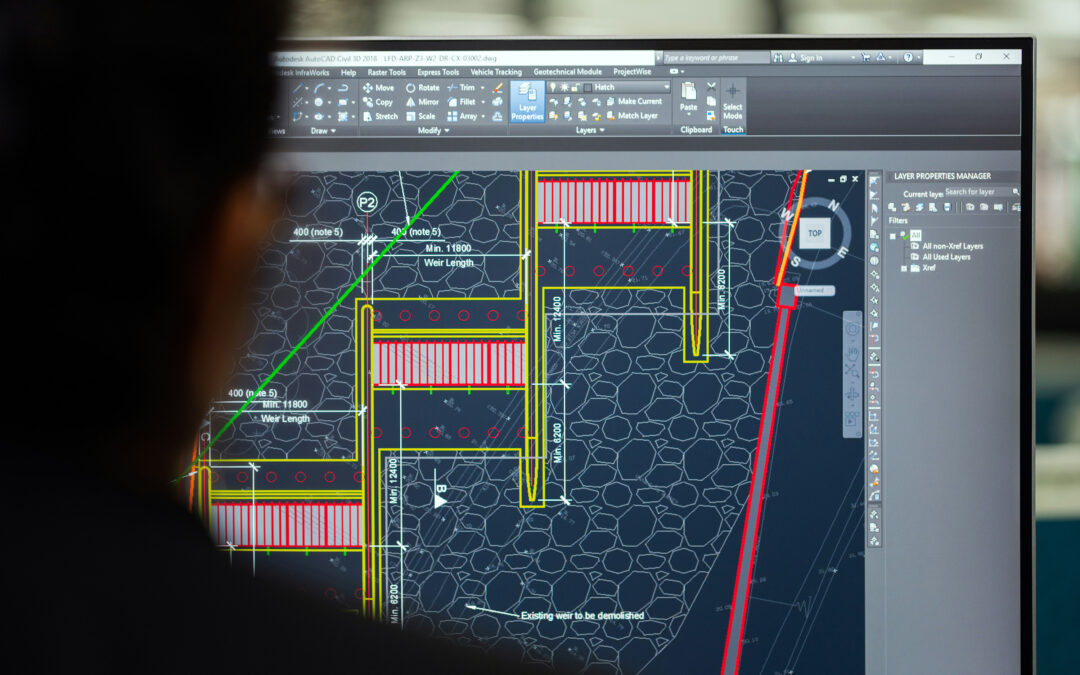
by Tony Gavin | Nov 9, 2024 | Operations, Sales
Interviewing for sales and operations roles in Australia can be competitive, especially with high industry standards. Here are the essential strategies that will help you make a memorable impression, demonstrate your expertise, and secure your next role.
1. Know the Industry Inside Out
Sales and operations roles often require a deep understanding of the industry you’re applying to. Research the latest trends, technologies, and challenges faced in the sector, whether it’s retail, manufacturing, or logistics. Australian industries are increasingly tech-driven, so familiarise yourself with any relevant software tools and processes.
2. Highlight Your Analytical and Problem-Solving Skills
Operations roles involve daily problem-solving, and sales requires strategic thinking to close deals. Prepare specific examples where you improved processes, solved customer pain points, or exceeded targets. Using the STAR (Situation, Task, Action, Result) technique can help you clearly demonstrate your skills.
3. Showcase Your Communication and Negotiation Abilities
Both sales and operations positions demand strong communication skills. Sales professionals must build rapport and negotiate effectively, while operations staff need to coordinate across teams. Role-play common scenarios like handling objections or collaborating on a logistics plan to show your potential employer you’re ready to communicate and adapt.
4. Prepare to Discuss KPIs and Performance Metrics
Sales and operations roles are metrics-driven. Be ready to discuss past targets, KPIs, and results in specific, quantifiable terms. If you’re applying for a sales role, highlight your conversion rate, customer acquisition numbers, or revenue achievements. For operations, mention metrics related to efficiency, cost reduction, or process improvements.
5. Show Flexibility and Adaptability
Australian businesses value adaptability, especially in sales and operations roles. Employers are looking for candidates who can pivot when challenges arise, especially in today’s dynamic environment. Share examples where you adjusted to new regulations, managed unexpected issues, or adapted to a sudden shift in customer demand.
6. Emphasise a Customer-Centric Approach
Successful candidates in sales and operations put the customer first. Demonstrating your commitment to customer satisfaction, whether by improving service delivery times or resolving complaints, can set you apart. For sales roles, discuss how you handle client expectations, while for operations, share how you improve service quality.
Conclusion
By preparing strategically, knowing industry trends, and focusing on your communication and analytical abilities, you can stand out in your next interview. Sales and operations roles in Australia are challenging yet rewarding – be prepared to showcase your value.

by Tony Gavin | Nov 2, 2024 | Uncategorized
As Australian engineering and construction industries face increasing demands, from managing skilled labour shortages to meeting sustainability goals, automation has emerged as a pivotal solution. Through innovative technologies like AI, robotics, and data analytics, automation is streamlining tasks, improving accuracy, and setting new safety standards across worksites.
1. Driving Productivity and Efficiency on Projects
Automation is tackling inefficiencies head-on. For example, autonomous machinery, such as bulldozers and excavators, can be programmed to carry out routine tasks, allowing for 24/7 operations. Robotics enables faster bricklaying, welding, and even intricate tasks like wiring installations, all of which significantly reduce the time required to complete projects. Automated 3D printing further allows teams to quickly prototype designs, enabling rapid adjustments and more efficient resource use.
2. Enhancing Safety with Robotic Assistance and Drones
Safety is a primary concern in the construction sector, where automation plays a vital role. Drones are commonly used for site inspections, eliminating the need for workers to access high or unstable areas. Additionally, wearable technology powered by IoT sensors monitors the health and fatigue levels of workers, alerting supervisors to potential risks. Robotics also assists with hazardous tasks, from demolitions to handling heavy materials, substantially lowering injury risks on-site.
3. Data Analytics for Predictive Maintenance and Project Insights
Data-driven decision-making has been transformative. Advanced analytics tools monitor machinery performance, enabling predictive maintenance that prevents breakdowns and keeps projects on schedule. Sensor data, collected from automated tools and wearables, provides real-time insights into material use, energy consumption, and progress benchmarks. This data informs managers about potential delays, budget variances, and ways to optimise operations to avoid costly setbacks.
4. Workforce Upskilling and Emerging Roles in Automation
The rise of automation creates demand for specialised skills, leading to the need for upskilling within the workforce. Roles are shifting toward technical expertise, with workers needing knowledge in robotics programming, automated machinery operation, and data management. Many organisations are investing in training programs to equip workers with these new skills, ensuring Australia’s workforce remains adaptable to technological advancements.
5. Automation’s Role in Achieving Sustainability Goals
As Australia moves toward sustainable building practices, automation supports this shift by minimising waste and optimising energy use. AI-driven design tools help architects model eco-friendly structures, while automated waste sorting and recycling systems on-site promote sustainability. With green building standards becoming the norm, automation is a key player in reducing the environmental impact of construction.
The Future Outlook of Automation in Construction
The future of automation in construction is promising. With continuous advancements in AI and robotics, we’re likely to see fully autonomous construction sites in the next decade. Automation will not only address Australia’s labour shortages but also allow for more ambitious infrastructure projects that are safer, faster, and environmentally conscious.
Automation is shaping the future of engineering and construction in Australia. By adopting these technologies now, the industry stands to benefit from enhanced productivity, improved safety, and a smaller environmental footprint. Embracing automation is no longer optional – it’s essential for building a sustainable, competitive future.



Recent Comments